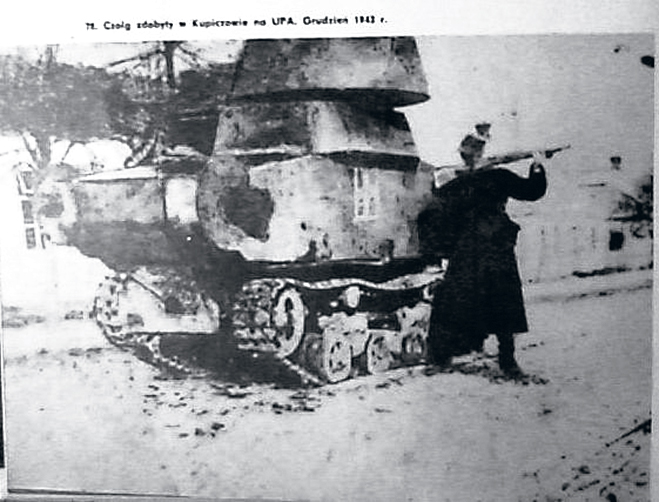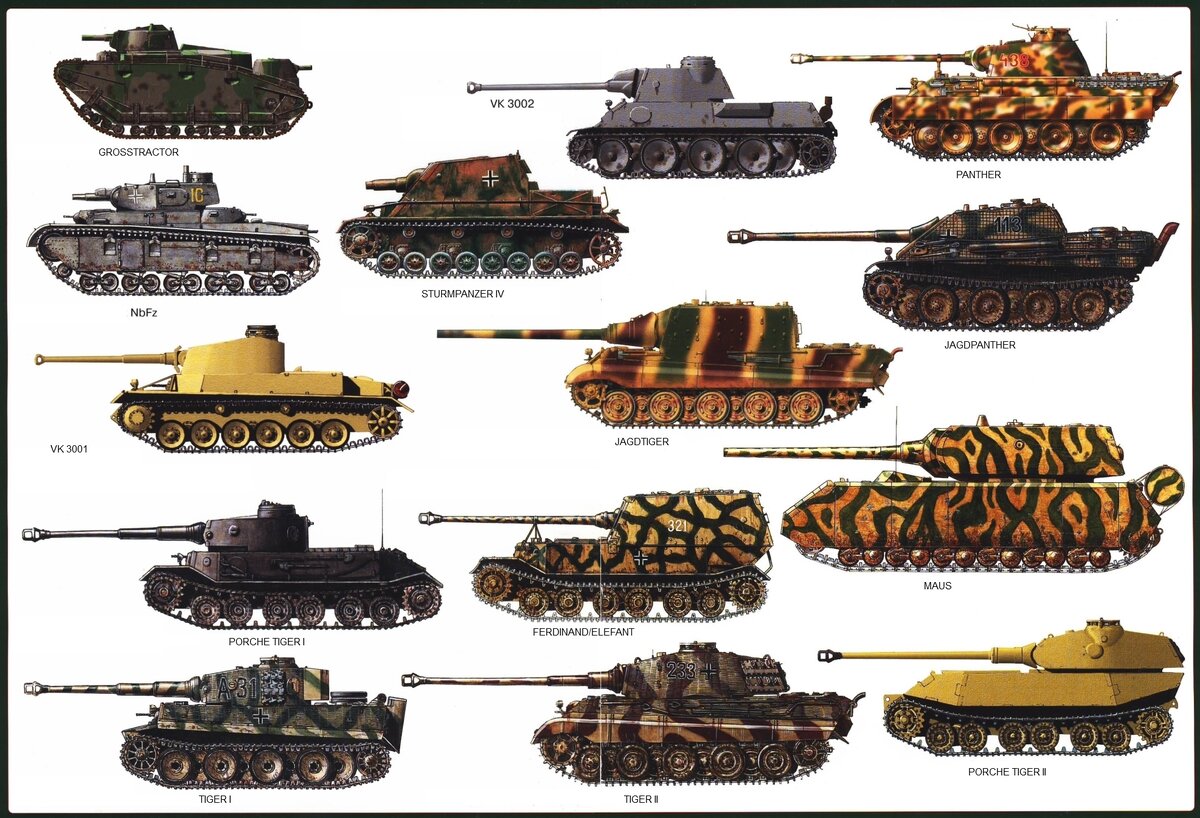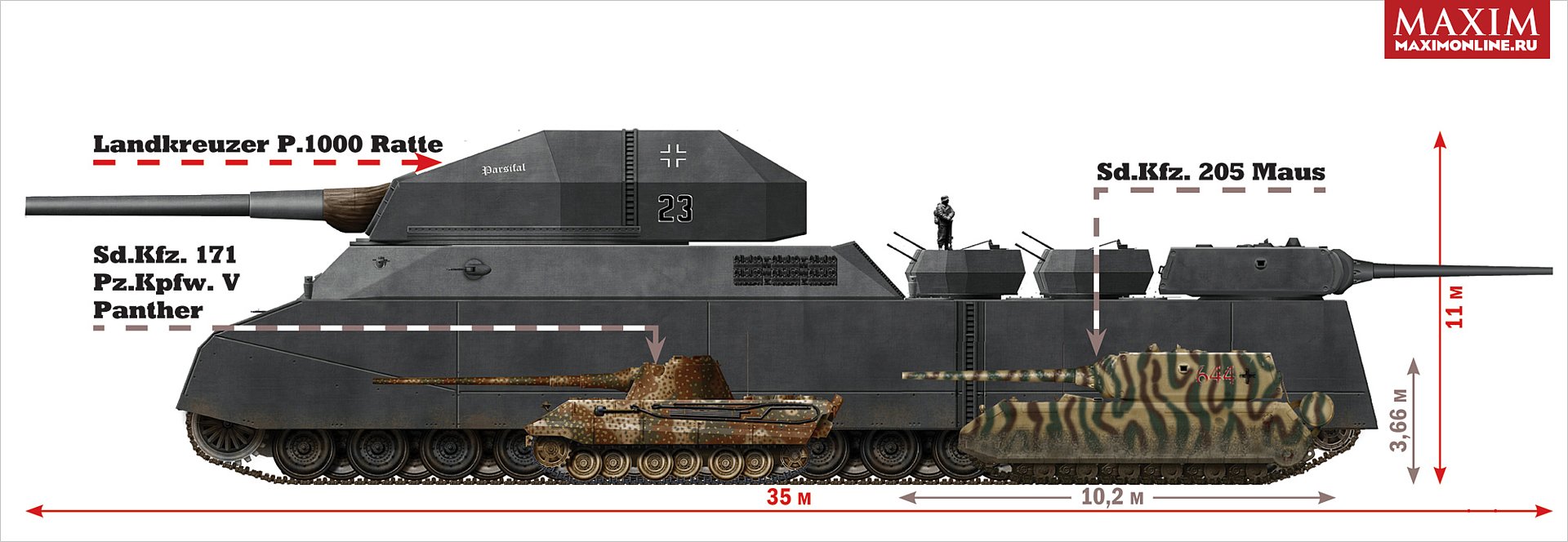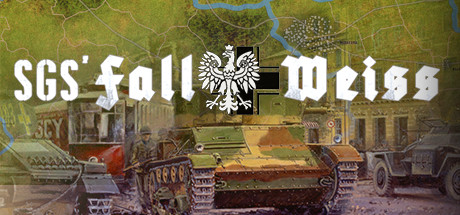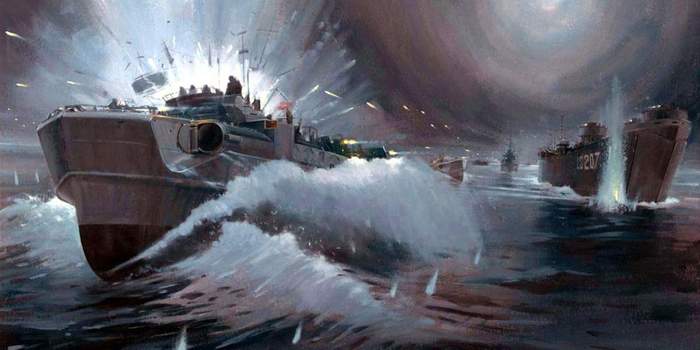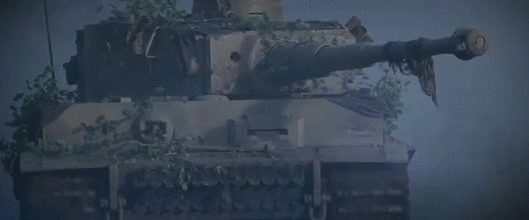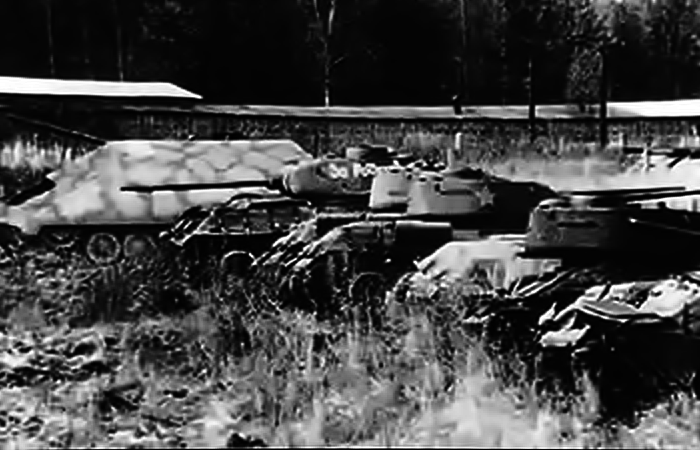ajs81 wrote: ↑Tue Sep 12, 2023 8:00 am
the question is: would the Germans, at least theoretically, have a chance of throwing the advancing Allies back into the sea?
In my opinion it was impossible to do. For such an action to be successful, the Germans would have to have air superiority. By June, the Luftwaffe was a shadow of its former self. While there was no shortage of soldiers, there was a lack of well-trained pilots and fuel. On D Day alone, the Allies had 11,000 planes in the air, at least 1/3 of which were fighter planes. On the eve of the invasion, the Luftwaffe had only 731 planes at its disposal, of which only 398 were ready for action. The aircraft fleet was quite outdated. It consisted of Fw 190 and Bf 109G fighters and Ju 88 and Do 217 bombers. With such a force, even if the German tanks could get within 20-30 km of the beaches, their attack would have ended in defeat. In fighters, the Alaint advantage was at least 10 to 1.
The tanks would be destroyed by Allied air forces.
War is a system. Panthers were very unreliable, so driving from Paris to Normandy would have ended in disaster. Many vehicles would be damaged (engine, gearbox, suspension, fires).
Transport by rail was also hampered by the constant bombing of railway lines in northern France. Moreover, the armored divisions that were in France were divisions that were recreated after the fighting on the Eastern Front. The 19th Panzer in the Netherlands, for example, had no tanks - it was in the reorganization phase. Identical 11th Panzer Division. In Calais the 2nd Panzer Division had 79 Panthers, 96 Pz IVs. The 116th Panzer east of the Seine was not combat ready because it had no trucks. West of the Seine stood the 12th SS Panzer. The Panther Battalion was just being assembled. The Panthers were on their way to Normandy, and these kids had just received them three days earlier. The 21st Panzer in Normandy was rearming with new tanks, and on 06/06 it had 98 PzIVs and 38 Somua S35s. The division had no Panthers.
South of the Loire, the 17th Granadier Division had the StugIV and the 504th Tiger heavy tank battalion. These tanks went to Italy on June 3.
The 101st Waffen-SS Battalion had Tigers and was ready for action, but it was only a battalion.
In 1944, the largest number in the Panzerwaffe was the Stug III. More than 30 Stug brigades operated on the Eastern Front. There were only 4 of them in France, one of them 394 in the reorganization phase. 341, 902 and 12 Luftwaffe were ready for action.
Interestingly, as many as 16 Panther battalions were stationed in France, but these were battalions in training. These battalions were intended for the Eastern Front anyway.
The 19th, 11th, 116th and 9th Panzers were not ready to fight. 2, 21 and Lehr have combat readiness at 90%. Even if all 10 armored divisions in France were combat ready, they are scattered throughout France and the Netherlands. it is 500-580km from the landing site. von Rundsted had only two panzer divisions under his control. 2 SS and 9. Hitler or OKW had to agree to use the rest. Rommel had three panzer divisions under him: the 116th, 21st and 2nd.
21 was on site and fighting alone on 06/06. The 12th SS enters combat on 07/06, and Lehr on 08/06. But the isolation of the battlefield by Allied air forces made effective fighting impossible. Destruction of bridges, railways.
From June 12-13, the 2nd Panzer Division enters the fight. The 101st Tiger Battalion also enters the game after June 12.
In summary, 4 armored divisions fought in June. They have 35% of the machines left by July. The rest was destroyed.
An additional 5 divisions entered combat in July and only one in August (but by then the front had already collapsed).

